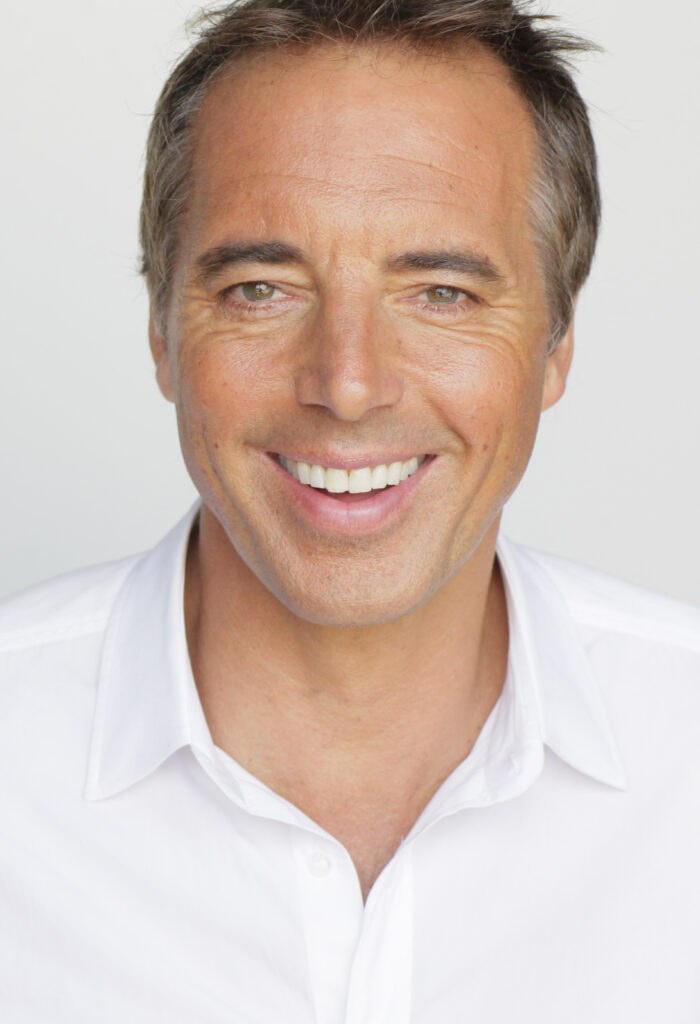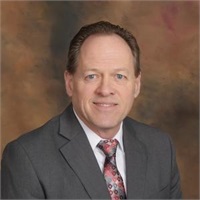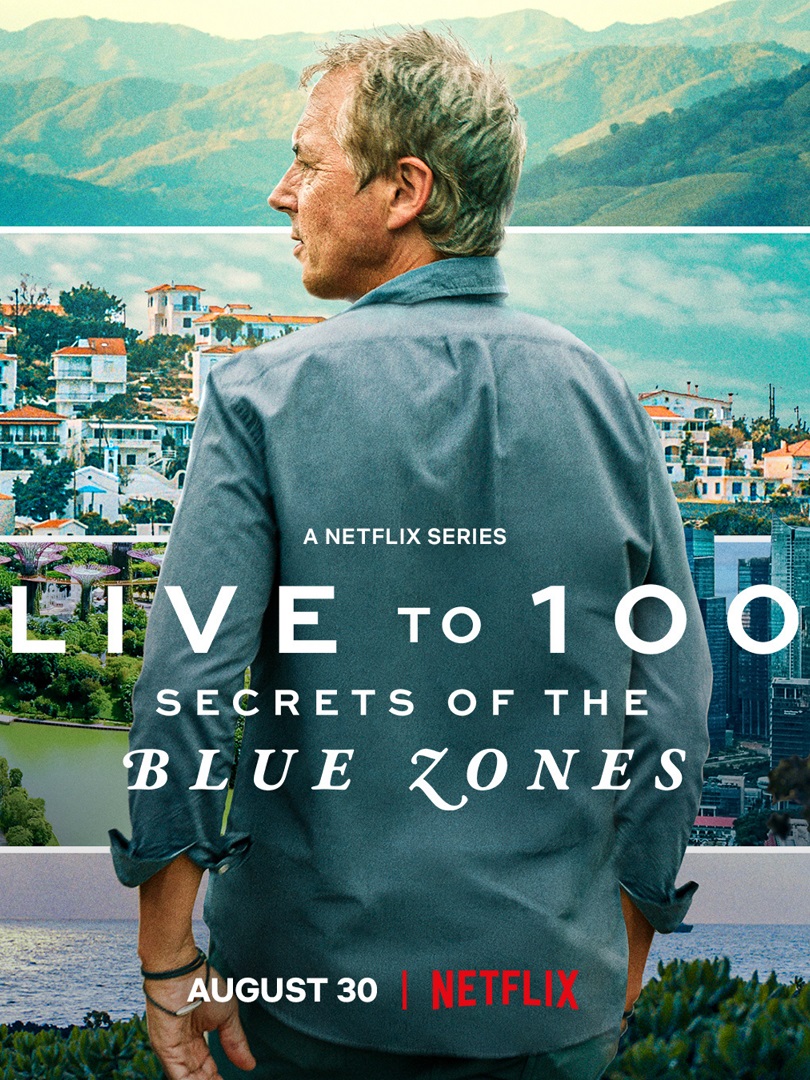When Netflix called, Dan Buettner ’83 was ready for the opportunity. The streaming service’s VP of documentary series had been following Buettner’s research into “Blue Zones,” geographic areas with lower rates of chronic diseases and a longer life expectancy. He thought the topic would make an excellent Netflix series.
Buettner and his documentary crew traveled to six different countries for filming.
“It was pretty intense for five months or so,” Buettner said.
Their journey took them to five Blue Zones: Okinawa, Japan; Ikaria, Greece; Sardinia, Italy; Nicoya, Costa Rica; and Loma Linda, California. In addition, the team visited the newest Blue Zone, Singapore.
The result? “Live to 100: Secrets of the Blue Zones,” which landed in Netflix’s top 10 in more than 75 countries for the first two weeks of its release. “Live to 100” even was the subject of a “Saturday Night Live” joke on “Weekend Update.”
From “Good Morning America” to the “Today” show, Buettner has been a regular on-air guest on the topic of longevity.
Buettner said that his education at St. Thomas, where he studied Spanish language and literature, political science, and international business, strongly influenced his career.
“St. Thomas is a great institution for liberal arts. When I attended, there was an enormous emphasis on philosophy, theology and English – all these things that I wasn’t all that interested in at the time – but later in life proved to be super valuable. I didn’t want to take statistics, but I ended up using statistics,” Buettner said.
“Ultimately, the most important skill to have to do what I do is written and oral communication skills, and St. Thomas was very good at making us do that,” he added. “It was a liberal arts education. When you go out into the world, you never know what aspects of the liberal arts are going to be not only useful but invaluable to your career.”

Beyond the docuseries, Buettner has written five New York Times bestselling books on longevity and happiness. He even convinced Albert Lea, Minnesota, to become the first Blue Zones pilot project in the U.S. in 2009. That project, which included implementing health initiatives ranging from starting community gardens to adding bike lanes, was so successful that the Blue Zones Project has now been adopted by more than 70 cities nationwide.
Albert Lea became the first Blue Zones certified community in the U.S. in 2016; the city gets screen time in “Live to 100.”
That’s elevated Albert Lea’s profile.
“We’ve had a lot of people reaching out to us from across the U.S. and from other countries regarding the Blue Zones,” Albert Lea Mayor Rich Murray ’87 MBA said. “All of a sudden, that documentary has really given us a lot of notoriety – pretty cool for a city like Albert Lea to be out there in front of everybody.”
Succeeding as a Blue Zones community required strong involvement from Albert Lea residents, the city’s schools and employers.

Implementing the Blue Zones lifestyle habits has resulted in a healthier Albert Lea. Since 2014, the number of Albert Lea residents saying that they’re thriving has increased by 30%. Tobacco use in the community has dropped to 7% from 21% 10 years ago. A survey showed that 68% of Albert Lea residents are younger than their chronological age, compared to 53.9% across Minnesota and 50% nationally.
“In our schools and our families, we’re learning to live healthier,” Murray said.
For both Murray and Buettner, “Live to 100” has reinvigorated interest in Blue Zones. Albert Lea plans on promoting its Blue Zones certification to attract people to the community. There will be a second season of “Live to 100.” In addition, Whole Foods carries the new line of Blue Zones Kitchen frozen meals.







